Valorant has quickly become a staple in the online competitive first-person shooter genre. It is the most popular tactical shooter video game on the market, second only maybe to Counter-Strike: Global Offensive in total player count. Two teams of five players battle it against each other with a lineup of agents boasting unique skills and abilities.
When you feel like you have developed your skills, you may want to test your skills against other players in ranked matchmaking. In this competitive mode, you will see how you stack up against the competition and receive a rank based on your skill level. If you think you have what it takes to climb to the top, it’s a good idea to understand how the Valorant ranking system works.
By learning how it all works, you will know how to climb and advance to new ranks and the length of time you have to make it happen before a new season begins.
Valorant Rank System Overview
Valorant‘s ranking system is similar to that in other titles from Riot Games. Players must first prove they have the basic knowledge of how the game works before diving into competitive mode. That means playing ten unrated matches before unlocking competitive matchmaking.
After successfully playing through ten unrated matches, players will then need to play five placement matches. The placement matches give a rough estimate of a player’s starting skill level based on the limited number of games played. That includes the number of kills you dished out, your win percentage, and how much you contributed to each match.
When you complete your placement matches, the Valorant ranking algorithm will place you in a rank. The rank is known as your Rank Rating (RR), and it is visible to you and the players in your matches. There are eight tanks and tiers in the Valorant ranking system.
Ranks and Tiers
There are eight rank ratings in the Valorant ranking system:
- Iron
- Bronze
- Silver
- Gold
- Platinum
- Diamond
- Immortal
- Radiant
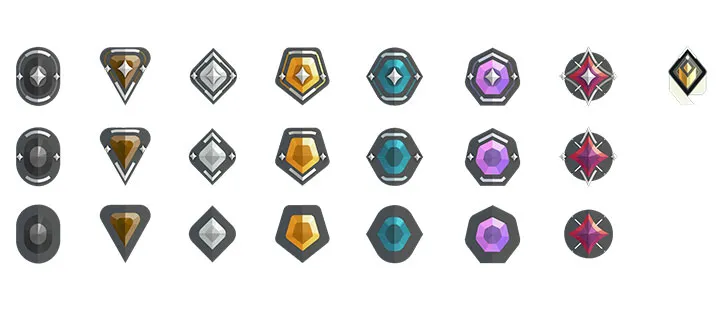
Each of the seven ranks has three tiers to climb through, except for the final rank, Radiant, which only the top one percent of players in each region can achieve. The lowest rating is Iron 1, meaning you must climb through Iron 1, Iron 2, and Iron 3 before ranking up to Bronze.
If you are new to competitive first-person shooters, or Valorant in general, you’ll likely end up somewhere in Iron to start. However, more skilled players may place anywhere up to Diamond 1 if they win all the placement matches and show exceptional skill.
Players may also skip tiers or even de-rank if they perform at a level outside of their MMR range. It is especially the case with new players, as the data pool used to calculate a new player’s MMR is limited and will not be as accurate as someone with hundreds of games under their belt. That brings another concept into the mix: Match Making Rating.
Match Making Ratings (MMR)
Valorant uses a hidden rating system known as MMR to determine a player’s performance skill level. It is different from the Rank Rating’s covered in the section above, and it is not displayed publicly to anyone. The matchmaking system uses MMR to select opponents for an equally balanced match.
A previous season’s MMR will also come into play when determining a new season’s placement rankings. For example, a player who ranks in Immortal will continue playing against high-caliber players in the following season’s placement matches.
Rank Leaderboards
Leaderboards are now in Valorant as of early 2021, allowing top-rated players to check their real-time rankings online. The leaderboards are available on the Valorant website, and players can check real-time stats and view the historical leaderboards dating back to Episode 2, Act 1.
Valorant ranking leaderboards display a player’s current rank, their rank rating, and games won. You can also toggle between the Immortal and Radiant leaderboards. There are Valorant leaderboards for every region, and here’s the breakdown for you:
Is there rank decay in Valorant?
Nobody knows the exact algorithm Riot Games uses in calculating MMR. What we do know is that Valorant Rank Rating does not decay, but your MMR will likely not place you as high as it would after a long period of inactivity.
Let’s say, for example, you are Platinum 1, and you take a break for two weeks. If you return and lose a game, you may find yourself an entire rank lower even though you were previously climbing through Platinum with ease. That’s because the hidden MMR average for Platinum 1 players has likely gone up over time as the season progressed.
If you take a break for fourteen days, you may notice your rank disappear. It is only temporary, as your rank will return when you finish another match. Keep in mind that you may lose many points or have trouble climbing the ladder because of the shift in MMR that occurred while you were inactive. Make sure to try your best and play regularly, and your Rank Rating will accurately reflect your skill level in time.
What’s the difference between MMR and Rank Rating?
RR and MMR are two separate things in Valorant. The game uses MMR to determine your performance skill level and match you up against equally skilled opponents. Rank Rating is your publicly displayed skill level. If you place at a higher rank than your MMR, it will be tough to climb unless you prove otherwise.
Here is an easy way to understand the difference: if your MMR is higher than your rank, you will gain more Rank Rating on wins than you lose on losses. That is the game allowing you to climb to your proper rank more quickly. If your MMR is lower than your rank, you gain less Rank Rating on wins and lose much more for losses. That means your rank placement was a bit too high.
When the game places you at a reasonably accurate rank for your MMR, you will gain an equal amount of RR for wins as you lose on losses. It’s a tricky concept to comprehend, and Riot Games is constantly tweaking things behind the scenes to make it fairer for everyone.
Rank Resets
Valorant players will not experience “hard resets” to their ranks between episodes. There will, however, be a squishing effect that occurs. After each episode, players will need to play five placement matches again to get their Rank Rating back. A majority of players will notice their new rank is lower than it was before. The resets occurring between Acts are generally more noticeable and may result in drastically lower rank ratings around the board.





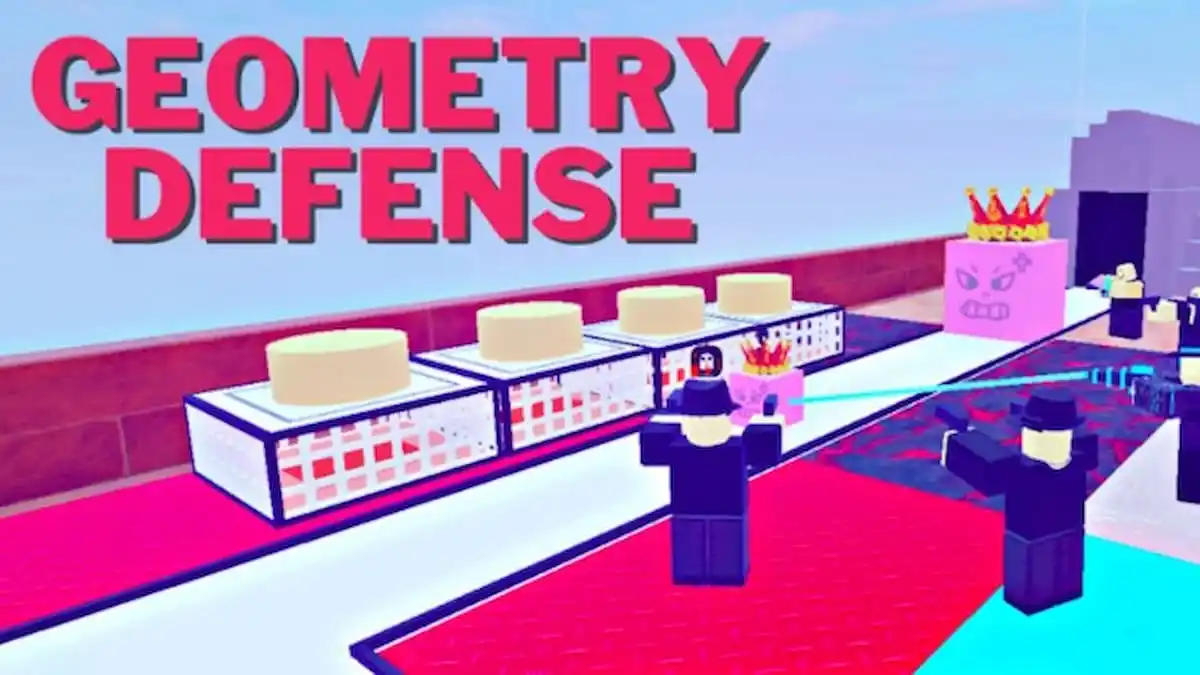
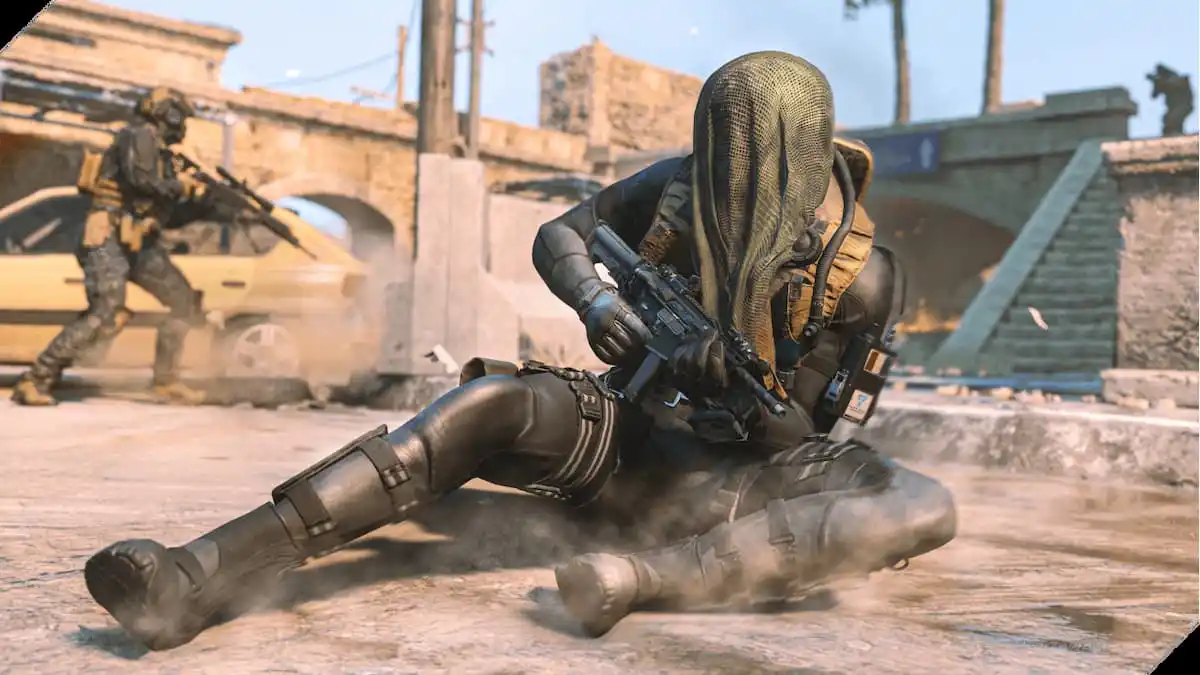
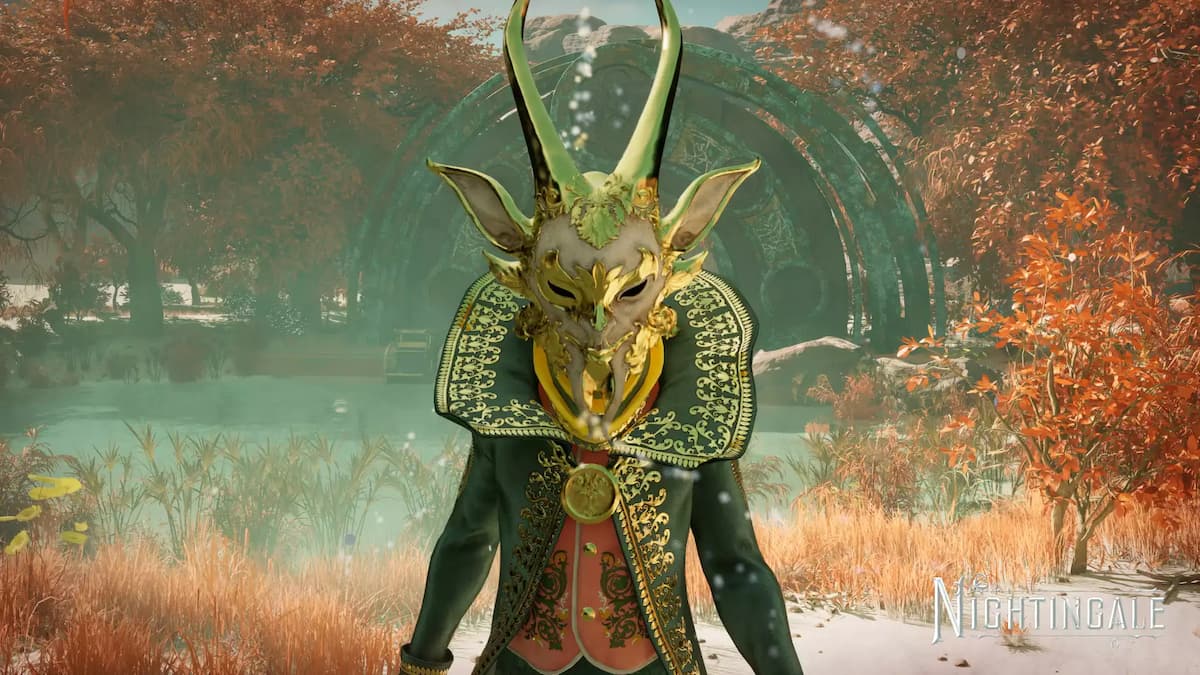


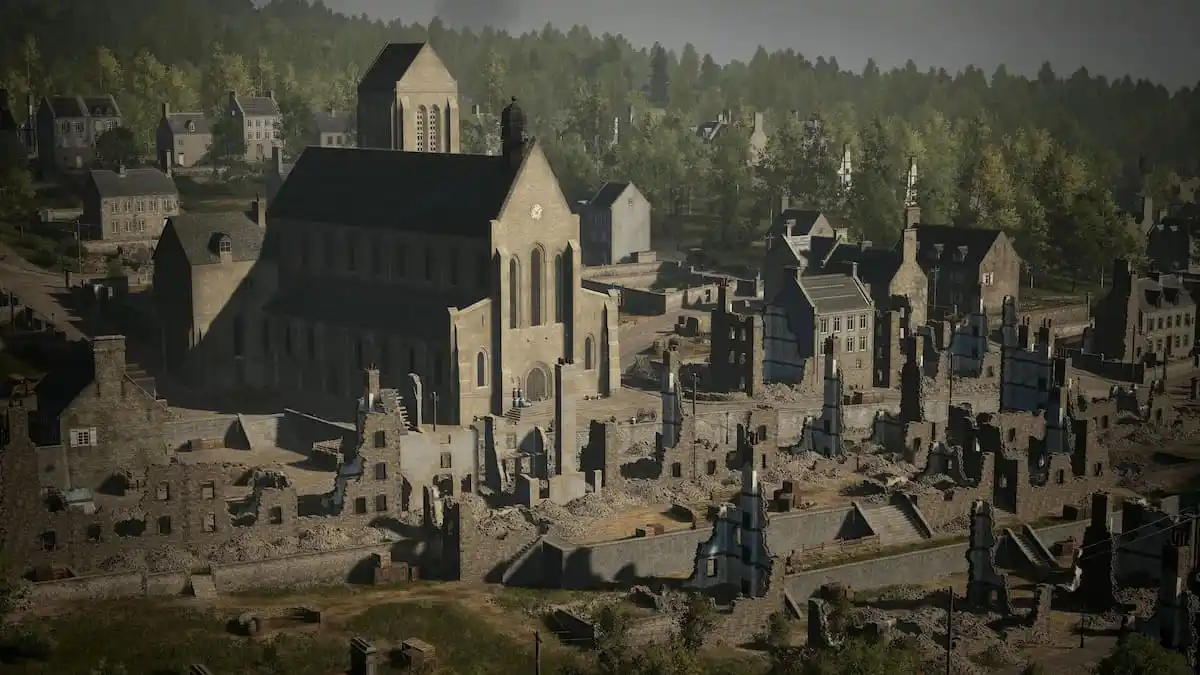

Published: Aug 13, 2021 07:04 am